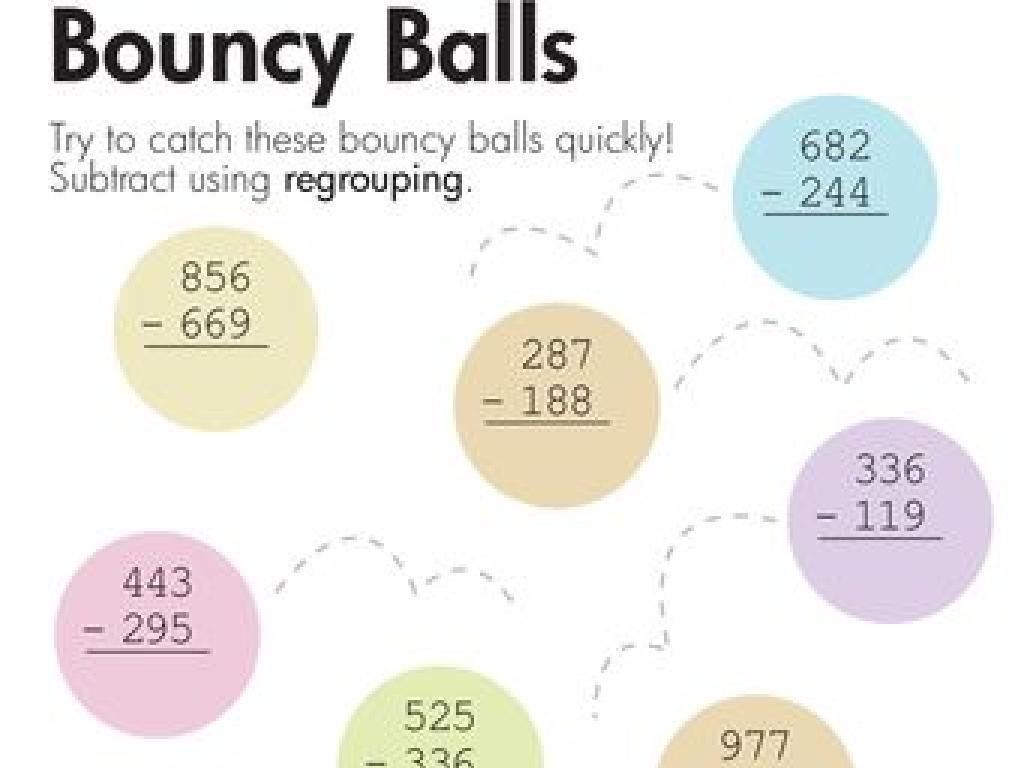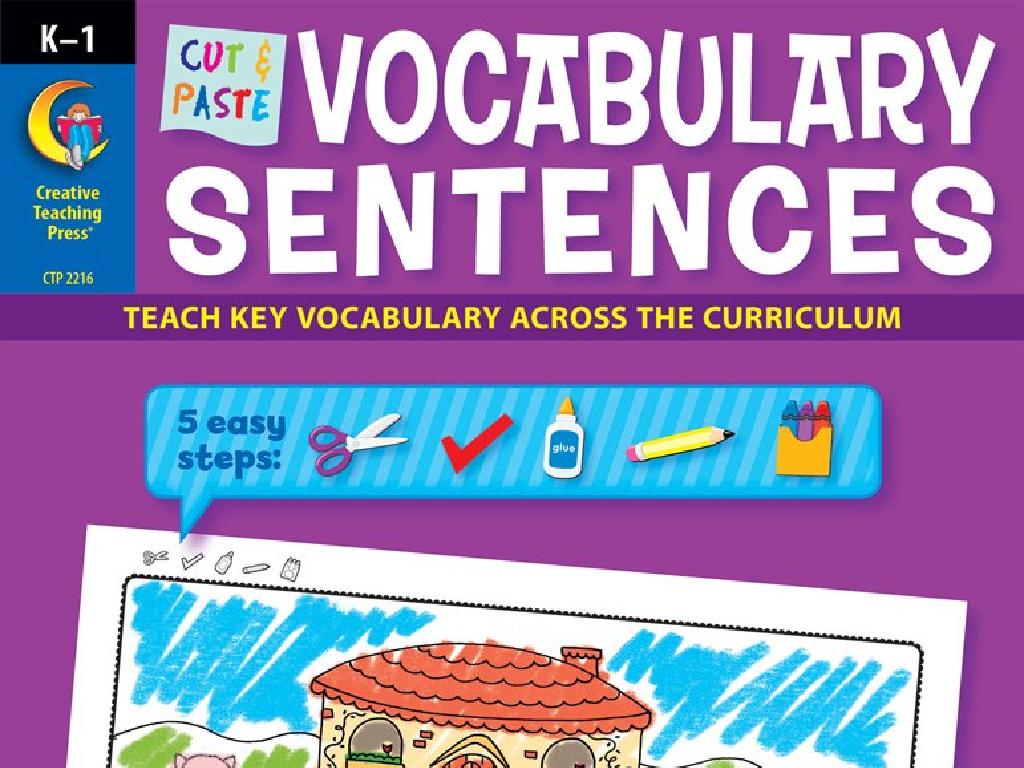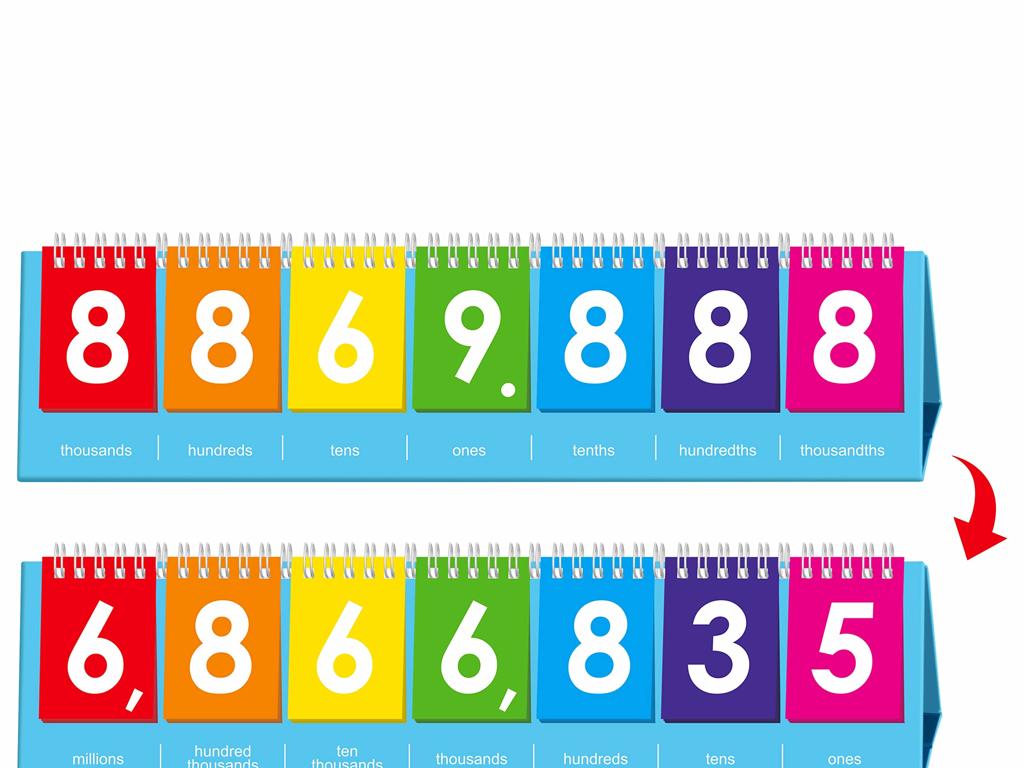Prepositions: Review
Subject: Language arts
Grade: Fifth grade
Topic: Prepositions
Please LOG IN to download the presentation. Access is available to registered users only.
View More Content
Welcome to Prepositions!
– Understanding prepositions
– Words that show relationships between nouns/pronouns and other words
– The role of prepositions
– They help us give precise directions and descriptions
– Reviewing common prepositions
– Examples: above, below, beside, between, during, until
– Practice with examples
– ‘The cat is under the table’ shows ‘under’ relates ‘cat’ and ‘table’
|
This slide introduces the concept of prepositions to the students, explaining their function in a sentence as words that link nouns, pronouns, or phrases to other parts of the sentence. Emphasize the importance of prepositions in providing clear and detailed information in our communication. Review common prepositions with the class and provide examples for each to illustrate their use in context. Encourage students to come up with their own sentences using the prepositions discussed. This will help solidify their understanding and the practical application of prepositions in everyday language.
Exploring Prepositions: Place, Time, Direction
– Prepositions of Place
– Words like ‘above’, ‘below’, ‘beside’, ‘between’ describe where something is.
– Prepositions of Time
– Words like ‘before’, ‘after’, ‘during’, ‘until’ tell us when something happens.
– Prepositions of Direction
– Words like ‘toward’, ‘away from’, ‘up’, ‘down’ show movement direction.
|
This slide introduces students to the concept of prepositions and their uses in indicating place, time, and direction. Prepositions of place give us information about the location of something. Prepositions of time indicate when something happens, which is crucial for understanding sequence and chronology in texts. Prepositions of direction are used to describe the movement of something from one place to another. Use examples to illustrate each type of preposition. For instance, ‘The cat is under the table’ (place), ‘We will meet after school’ (time), ‘Walk toward the park’ (direction). Encourage students to come up with their own sentences using these prepositions to reinforce their understanding.
Prepositions of Place: ‘on’, ‘in’, ‘at’
– Understanding ‘on’, ‘in’, ‘at’
– ‘On’ is used for surfaces, ‘in’ for enclosed spaces, ‘at’ for specific points.
– Examples in everyday sentences
– ‘The cat is on the table’, ‘I am in the room’, ‘Meet me at the entrance’.
– Classroom activity: Find the prepositions
– Look around the classroom and write down examples of ‘on’, ‘in’, ‘at’.
– Discuss findings with the class
|
This slide introduces students to the prepositions of place ‘on’, ‘in’, and ‘at’, which are often confused. Start by explaining the basic rules for each preposition. ‘On’ is used for a surface, ‘in’ for an enclosed space, and ‘at’ for a specific point. Provide clear examples for each, using simple sentences. For the activity, have students identify objects and locations in the classroom and write sentences using ‘on’, ‘in’, and ‘at’. After the activity, facilitate a discussion where students share their sentences and explain why they chose each preposition. This will reinforce their understanding through practical application.
Prepositions of Time: ‘at’, ‘on’, ‘in’
– ‘At’ for precise times
– Use ‘at’ for clock times, e.g., at 3 PM
– ‘On’ for days and dates
– Use ‘on’ for specific days, e.g., on Monday
– ‘In’ for months, years, centuries
– Use ‘in’ for longer periods, e.g., in April
– Activity: Crafting sentences
|
This slide reviews the use of prepositions of time, focusing on ‘at’, ‘on’, and ‘in’. ‘At’ is used for precise times, such as ‘at 5 o’clock’ or ‘at noon’. ‘On’ is used for specific days and dates, like ‘on Tuesday’ or ‘on October 31st’. ‘In’ is used for months, years, and longer periods of time, such as ‘in the summer’ or ‘in 2021’. For the activity, students will create their own sentences using these prepositions to demonstrate their understanding. Teachers should prepare to provide examples and guide students through the activity, ensuring they grasp the concept of choosing the correct preposition based on the time frame referenced.
Prepositions of Direction
– ‘To’, ‘towards’, ‘through’ usage
– ‘To’ indicates a specific destination, ‘towards’ suggests a direction, and ‘through’ implies movement from one side to another.
– Sentence examples
– ‘Walk to the store.’, ‘Run towards the park.’, ‘Go through the tunnel.’
– Activity: Describe a path
– Use these prepositions to describe a path from home to school.
|
This slide reviews prepositions of direction, focusing on ‘to’, ‘towards’, and ‘through’. Start by explaining each preposition and its specific use in indicating direction or destination. Provide clear examples in sentences to illustrate their proper usage. For the class activity, students will write or verbally describe a path from their home to school using these prepositions, which will help them understand how to apply these terms in context. Encourage creativity and detail in their descriptions. This exercise will reinforce their understanding of directional prepositions and improve their ability to use them in writing and speaking.
Let’s Practice Prepositions!
– Fill in the blanks with prepositions
– Use context to choose the right preposition for each sentence
– Match prepositions to their usage
– Connect prepositions with their correct context or object
– Play Preposition Charades
– Act out prepositions for classmates to guess
|
This slide is designed to engage students in active learning through hands-on activities. For ‘Fill in the blanks,’ provide sentences with missing prepositions and have students complete them. ‘Match prepositions to their usage’ can be a worksheet where students draw lines to connect prepositions with pictures or sentences that illustrate their use. ‘Preposition Charades’ is a group activity where students act out prepositions, and their peers guess which preposition is being depicted. This could involve acting out ‘under the table,’ ‘beside the dog,’ or ‘above the head.’ These activities cater to different learning styles and help solidify the students’ understanding of prepositions in a fun, interactive way.
Class Activity: Preposition Scavenger Hunt
– Find classroom objects for phrases
– Work in pairs for the hunt
– Share findings with the class
– Understand prepositions better
– Use the activity to grasp how prepositions connect nouns to other words.
|
This interactive activity is designed to help students review prepositions in a fun and engaging way. Students will work in pairs to search for objects in the classroom that fit given prepositional phrases. For example, ‘under the desk’, ‘next to the window’, or ‘on the shelf’. After the scavenger hunt, each pair will share their findings, discussing how the prepositions they used relate to the objects’ positions. This will reinforce their understanding of how prepositions function within sentences. For the teacher: Prepare a list of prepositional phrases beforehand, ensure students understand the safety rules during the activity, and facilitate the sharing session to ensure each pair has a chance to present.
Wrapping Up: Prepositions & Your Homework
– Recap of prepositions
– Why practice matters
– Homework: A preposition story
– Write a story including 10 prepositions
– Use 10 different prepositions
– Examples: above, below, beside, between
|
As we conclude today’s lesson on prepositions, it’s important to remind students of the key points we’ve covered. Emphasize the role prepositions play in the structure of sentences and how they provide clarity to the readers. Encourage students to practice using prepositions to become more familiar with their usage. For homework, students are tasked with writing a short story that includes at least 10 different prepositions. This will help them apply what they’ve learned in a creative context. Provide examples of prepositions they might use, such as ‘above’, ‘below’, ‘beside’, and ‘between’. Remind them to think about the spatial or temporal relationships in their story to effectively incorporate prepositions. In the next class, be prepared to discuss some of the stories and the prepositions used.






